Museums have helped to convey important historical and cultural information since their earliest days. Islamic art museums have a special place in history, making it possible to destroy even ingrained stereotypes about Islam, travel to pre-Islamic Arabia and trace the formation of Islam and transformation of the Arab-Muslim civilization and its spread around the world.
We have compiled the world’s top11 collections of Islamic art, which not only attract tourists and those interested in the diverse culture of the Islamic world, but also deserve a special mention in the works by researchers and scholars from all over the world.
Museum of Islamic Art, Doha, Qatar
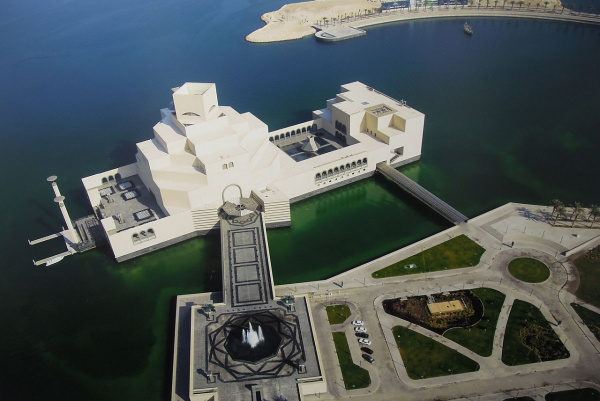
The Museum of Islamic Art in Doha, Qatar, is a world-class modern museum located on the Corniche embankment. The building was designed by famous architect I.M. Pei. The main building has five floors, a domed atrium and a tower at the top. A large courtyard connects the main building with the study wing and the library. The museum opened in 2008. Its founding director was Mrs. Sabiha Al-Khemir.
The 45 000 square meters’ museum building houses masterpieces of Islamic art dating from the VII to the XIX centuries. Ceramics, textile, metalwork, jewelry, exhibits from wood and glass, manuscripts were collected from three continents over a period of twenty years. It is one of the world’s most comprehensive collections of Islamic artifacts.
Museum of Islamic Art, Cairo, Egypt
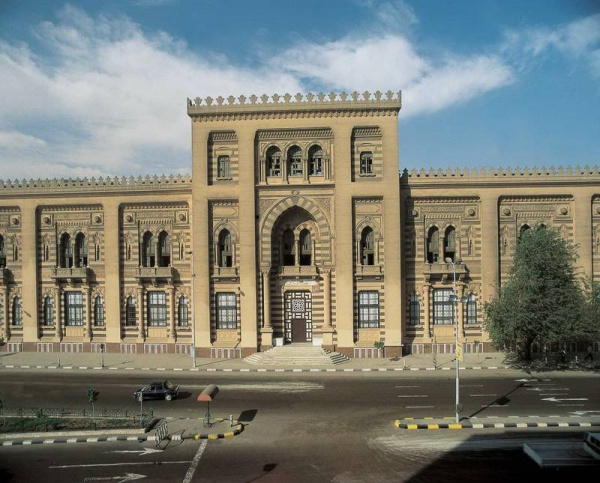
The Cairo Museum of Islamic Art is one of the most ancient and greatest in the world, with a collection of over 100 000 pieces. A total of 23 galleries showcase only a fraction of the museum’s collection.
The museum houses rare manuscripts of the Quran, as well as exceptional examples of ancient Islamic products in wood, plaster, textile, ceramics and metal. The museum also regularly conducts its own archaeological excavations.
The history of the museum dates back to the 1880s, when the authorities began collecting exhibits from mosques and private collections and housing them in the Fatimid Mosque of Al-Hakim. Museum opened in 1903 and has a collection of 7000 exhibits. By 1978, the collection had grown to 78 000 items and in recent years to over 100 000.
Unfortunately, the museum was severely damaged in a car bomb attack in 2014. The attack targeted the police headquarters across the road, but also damaged the museum’s intricate façade and destroyed a number of museum exhibits.
Museum of Islamic Art, Berlin, Germany
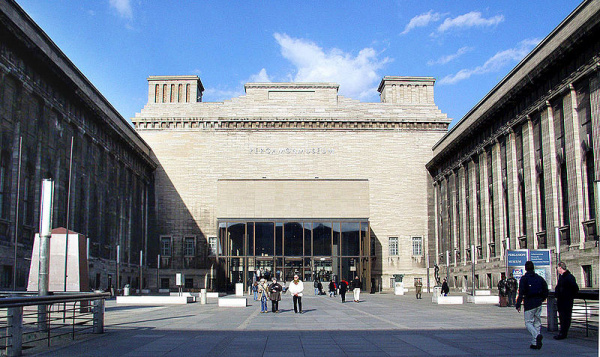
The Museum of Islamic Art is located in Berlin’s Pergamon Museum. Its collection covers the period from ancient pre-Islamic exhibits to the 1900s. It features some unique exhibits, such as the façade of Umayyad Square from Mshatta, Jordan.
The collection features exhibits collected from across the Mediterranean region, the Middle East and Central Asia. Early Islamic history is presented through the walls, houses and palaces of Samarra (modern Iraq) and the empire of the first Caliphs of Islam.
Other artifacts include decorative mihrabs from Iran and Turkey, a carved domed tower from the Alhambra in Grenada and a great number of patterned carpets.
Founded in 1904 as part of the Bode Museum, the collection was moved to the Pergamon Museum in 1950. The museum also serves as research centre and a library dedicated to Islamic art and archaeology.
British Museum, London, England
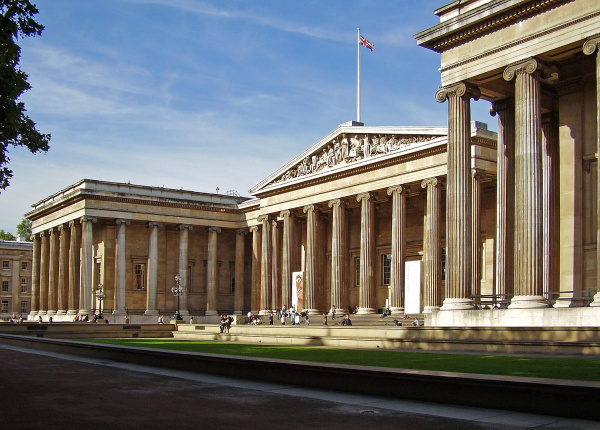
The British Museum holds its unique collection of Islamic art in the John Addis Gallery. The collection includes about 40 000 exhibits dating from the VII century AD to the present day. The exposition comprises a variety of metalwork, pictures, ceramics, tiles, glass and calligraphy from around the Muslim world. Some of the most famous exhibits include a selection of astrolabes, metalwork, such as Vaso Vescovali, intricate calligraphy and a mosque lamp from the Dome of the Rock.
Aga Khan Museum, Toronto, Canada
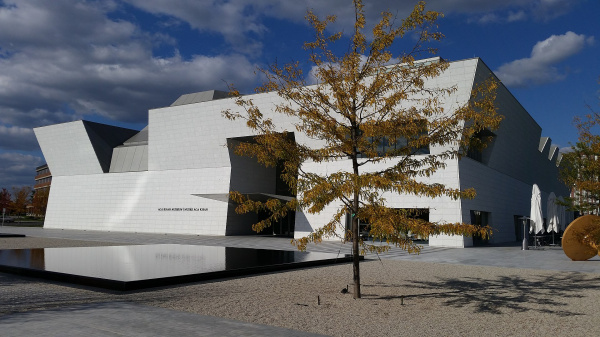
The Aga Khan Museum is designed by Pritzker Prize-winning architect Fumihiko Maki. The modern design spreads over 10 000 square meters and includes two galleries, a theatre, classrooms and storage areas for works of art. The museum opened in September, 2014.
The collection features examples of invaluable contribution of Muslims to art and science, spanning all periods of the Islamic history including manuscripts, ceramics, pictures and metalwork. Notable exhibits comprise the earliest known manuscript of Avicenna’s Canon of Medicine (1052 AD), a sample of the VIII century Kufic parchment from North Africa and a page from the Quran on indigo-dyed parchment.
Many pieces from the collection are sent to travelling exhibitions, notably to the Louvre and the Museum of Islamic Art in Doha.
Victoria and Albert Museum, London, England
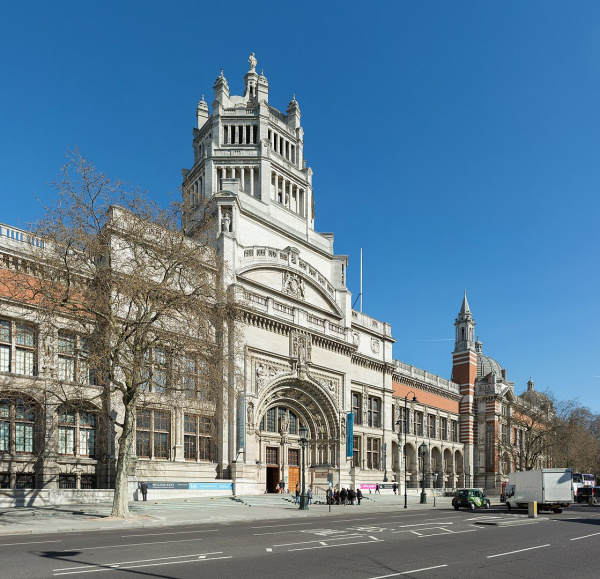
The Victoria and Albert Museum in London houses over 19 000 exhibits from the Middle East and North Africa. The collection dates back from the VII century to the early XX century and includes textiles, architectural woodwork, ceramics and metalwork from Iran, Turkey, Egypt, Iraq, Syria and North Africa. The museum also hosts the annual Jameel Prize, which recognizes a contemporary artist whose works are inspired by traditional Islamic crafts.
The Metropolitan Museum of Art, New York, the USA
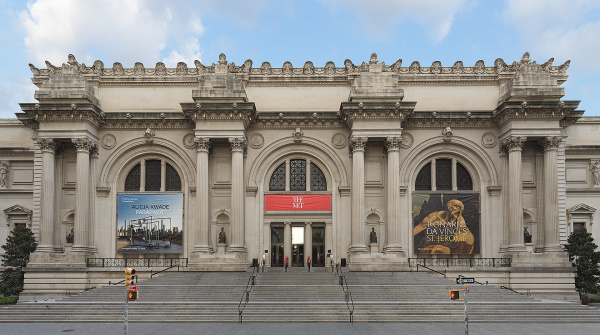
The Metropolitan Museum of Art received its first major collection of Islamic art in 1891. Adding to the collection through its own excavations as well as through purchases and gifts, the museum now has about 12 000 items dating back from the VII to the XIX centuries. The exhibits comprise 15 galleries with objects collected from across the Mediterranean region, the Middle East, North Africa, Central Asia and South Asia.
The Louvre, Paris, France
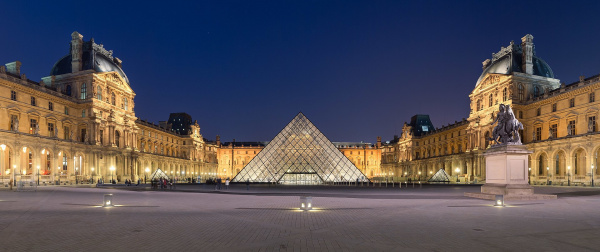
An independent Muslim Art section was first created in the Louvre in 1893, and a special hall opened in 1905. The early objects came mainly from royal collections. These include the XIV century Syrian inlaid metal bowl and jade bowls from the Ottoman Empire that were given to Louis XIV.
The creation of the Grand Louvre in 1993 made it possible to expand the area by 1000 square meters, and nearly 20 years later another expansion took place. New galleries opened to the public in September 2012. There are now 14 000 items on display, covering 1300 years of Islamic history on three continents. One can find architectural designs, ceramics, textile, manuscripts, stone and ivory carvings, metal and glass products.
Museum of Islamic Art, Kuala Lumpur, Malaysia
The Museum of Islamic Art, located near the National Mosque in Kuala Lumpur, opened in 1998 but to this day remains a gem in the tourist quarter of Kuala Lumpur. This is the largest such museum in South East Asia, with the collection of more than 7000 Islamic artifacts housed in 12 galleries. The collection includes Quran manuscripts, examples of Islamic architecture, jewelry, ceramics, glassware, textile, weapons and armor. Due to its geographical location, the collection features a wide range of Muslim Chinese and Malay historical exhibits.
In addition to permanent and travelling exhibitions, the museum has a research centre, a science and children’s library, a museum shop and a restaurant.
Mecca Museum, Saudi Arabia
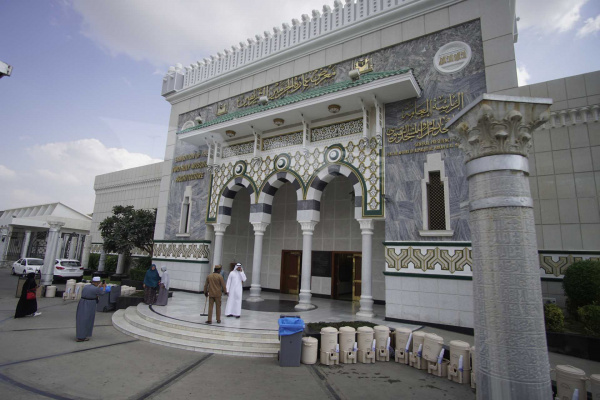
No list of Islamic art museums would be complete without mentioning the ancient artifacts that can be found in Mecca, Saudi Arabia. The Saudi Commission for Tourism and National Heritage has compiled a list on its website of small museums that can be found in and around the sacred Muslim cities when they come for umrah or hajj.
Topping the list is the Al-Haramain Museum in Mecca with seven halls containing samples of old Kaaba doors, manuscripts of the Quran, rare photographs and architectural models. The Mecca Museum also contains pictures and photographs of important archaeological monuments, ancient rock inscriptions, castles and pilgrimage roads. It also provides information on geological formations in the region, early human settlements, and the evolution of Arabic calligraphy and works of Islamic art.
One of the most popular museums in Jeddah is the Abdul Rauf Khalil Museum, which is located in the city centre. The museum consists of a mosque and main buildings comprising the Saudi Heritage House, the Islamic Heritage House and the International Heritage House. The exhibits date back 2500 years to pre-Islamic Arabia and trace the formation of different civilizations that existed on the Arabian Peninsula.
Museum with No Frontiers (MWNF)
This virtual museum works in partnership with the League of Arab States. Its main goal is to raise awareness of the history and cultural heritage of the Arab world. Launched about 20 years ago, the program provides educational and research activities at various institutions. The Museum with No Frontiers presents a virtual collection from 22 countries, publishes travel and educational books and organizes guided tours of museums around the world.
Ilmira Gafiyatullina
Photo: Creative Commons
